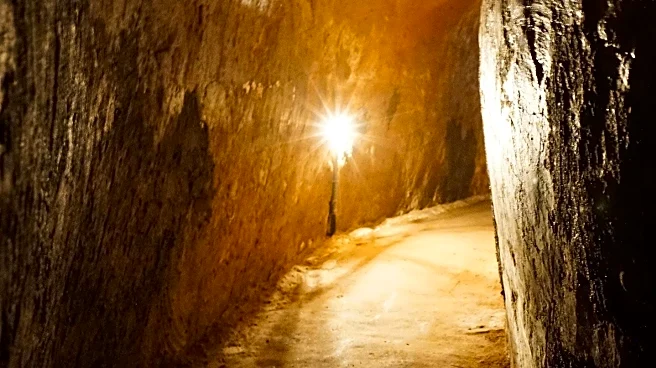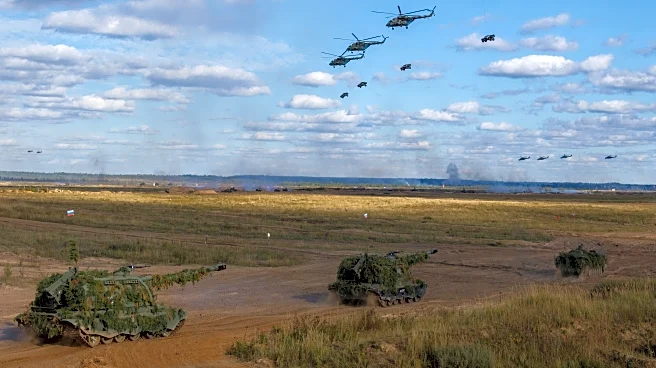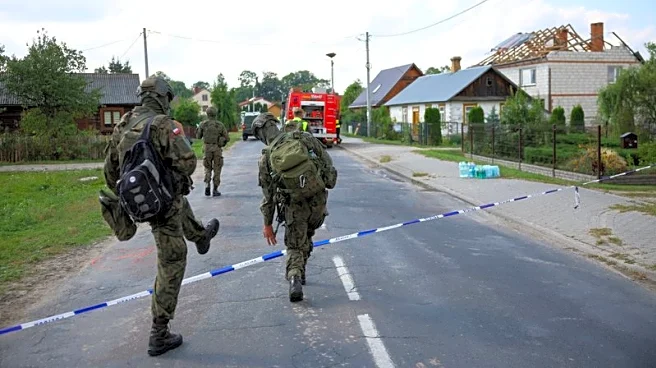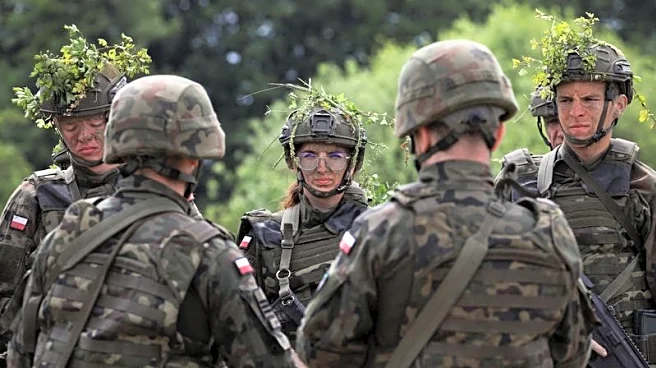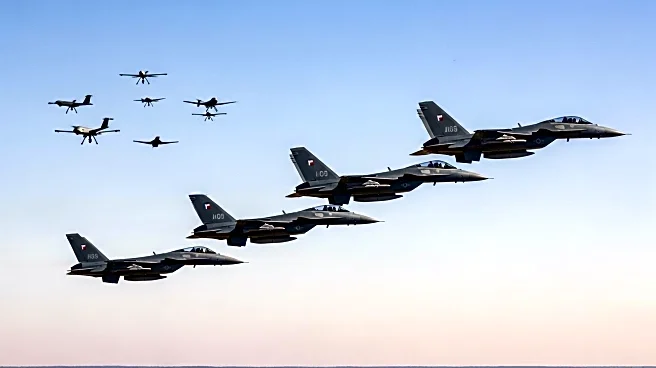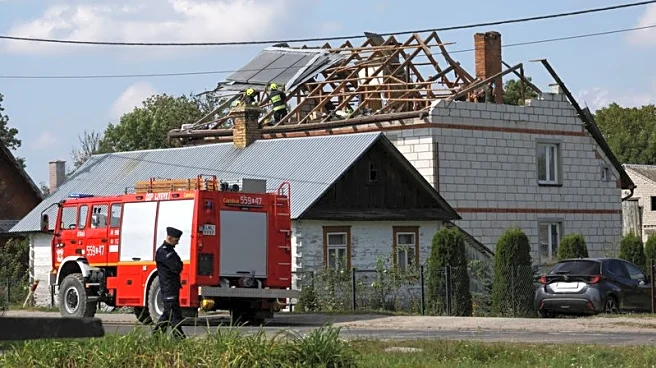What is the story about?
What's Happening?
In the Polish village of Pniewo, a Nazi underground city known as Festungsfront Oder-Warthe-Bogen, or the Ostwall, has become a dark tourism destination. Originally built before World War II to secure Germany's eastern frontier, the complex is a sprawling network of tunnels, railway stations, and combat facilities stretching about 20 miles. Although construction was halted in 1938 as Germany shifted its military focus, the site remains largely intact. Today, it serves as a museum and a habitat for one of Europe's largest bat colonies, with up to 40,000 bats hibernating there annually. The site also attracts visitors interested in its historical significance and the remnants of a subculture known as the Bunker People, who occupied the tunnels in the late 20th century.
Why It's Important?
The transformation of the Ostwall into a tourist attraction highlights the growing interest in dark tourism, where visitors explore sites associated with death and tragedy. This trend can have significant economic benefits for local communities, as seen in the Lubusz region of Poland. The site's preservation and adaptation into a museum also serve educational purposes, offering insights into the military strategies of Nazi Germany and the impact of World War II on Europe. Additionally, the presence of a large bat colony underscores the ecological importance of preserving such historical sites, which can serve as critical habitats for wildlife.
What's Next?
The Ostwall's continued development as a tourist destination may lead to increased visitor numbers, further boosting the local economy. Efforts to balance tourism with conservation will be crucial, particularly in managing the impact on the bat population. The museum may expand its offerings, potentially incorporating more interactive exhibits or virtual tours to enhance the visitor experience. As interest in dark tourism grows, similar sites across Europe may also see increased attention, prompting discussions on how to responsibly manage and present these historical locations.
Beyond the Headlines
The Ostwall's history and current use raise questions about how societies remember and interpret difficult pasts. The site's transformation from a military installation to a tourist attraction reflects broader trends in how history is commodified and consumed. It also highlights the ethical considerations involved in presenting sites associated with oppressive regimes, requiring careful curation to ensure respectful and accurate representation of historical events.
AI Generated Content
Do you find this article useful?
